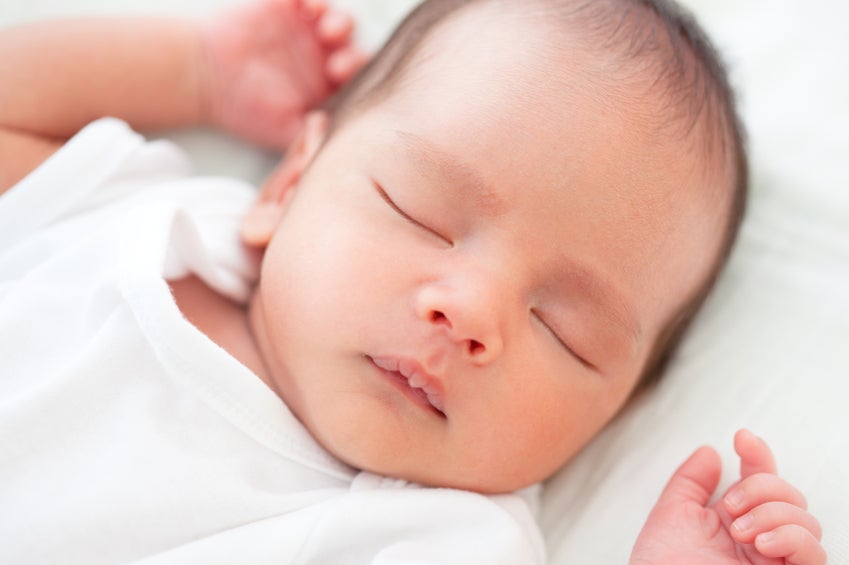
This is the time of year we think of bundling up and adding an extra blanket at night to stay warm. However, colder winter months signal an increased risk for babies of going to sleep at night and never waking up. It is a frightening reality for the parents of babies who get tangled in sheets, slip between the couch cushions, are smothered by a sleeping sibling or parent, or suffer from Sudden Infant Death Syndrome (SIDS), the leading cause of death for Oklahoma babies one to 12 months old. One of the best practices parents and caregivers can take to help protect their children is to follow safe sleep recommendations from the American Academy of Pediatrics (AAP) every time the baby naps and goes to sleep at night.
Safe Sleep for Baby
Babies need to be placed in a crib, bassinet or portable crib with a firm mattress and only a fitted bed sheet for all naps and at night. No other items should be present in the crib including bumpers, blankets, pillows or stuffed animals. Up to one year old, a baby needs to be placed on their back to sleep. If they roll over to their stomach, it is okay to leave them sleeping in that position, as they are able to roll onto their back.
Make sure the crib has not been recalled, is not missing any parts, has been installed properly and does not have drop-side rails. For more information on crib safety, please visit the Consumer Product Safety Commission.
You may place the baby in a crib in your room, but do not put the baby in bed with you. Babies should be warm at night but should not get too hot. Keep the room at a comfortable temperature, and dress them in one layer of clothing (footed pajamas) plus a sleep sack, like the Halo Sleep Sack Swaddle, to keep the baby warm without getting tangled or suffocated in a blanket.
Other measures to help support safe sleep and reduce the risk of SIDS include staying up-to-date with well child visits, breastfeeding as long as possible, offering the baby a pacifier at night (wait until three to four weeks if breastfeeding) and keeping the baby away from smoke and people who smoke. The AAP does not recommend the use of any monitors or products that claim to reduce the risk of SIDS.
To help parents and caregivers remember the best way for baby to sleep, recall the ABCs of safe sleep – Alone, placed on their Back in a Crib. If you have any questions about your baby’s sleep environment, please consult with your health care provider.
The Peggy V. Helmerich Women’s Health Center at Hillcrest Claremore is proud to offer the Labor of Love program to expectant mothers. Complimentary benefits of this free program include a Halo Sleep Sack Swaddle for baby, prenatal education classes, reusable water bottle for mom and more. For more information, please click here or call 918-579-8085.
